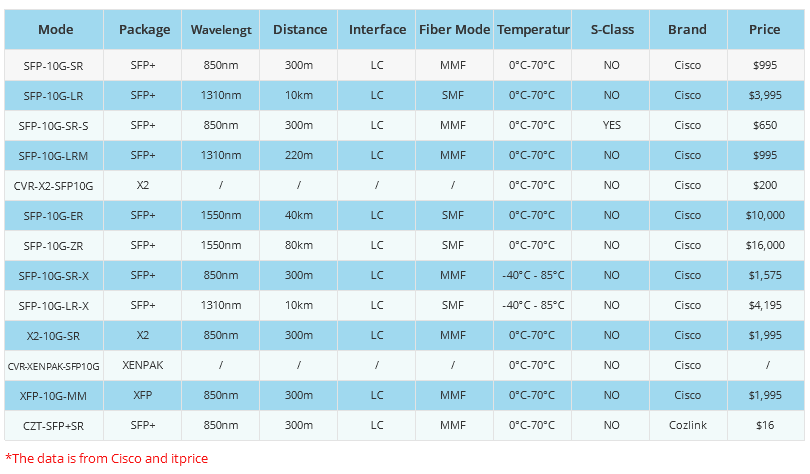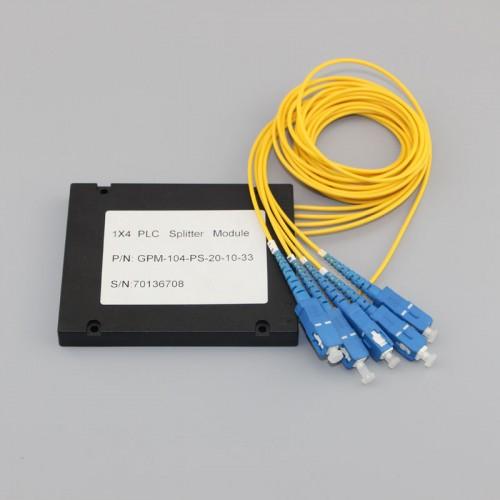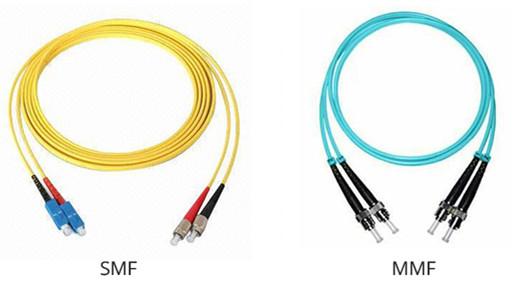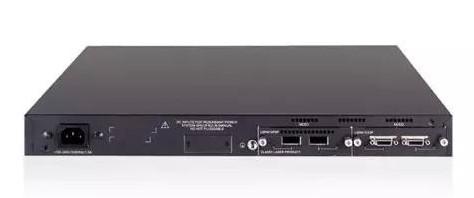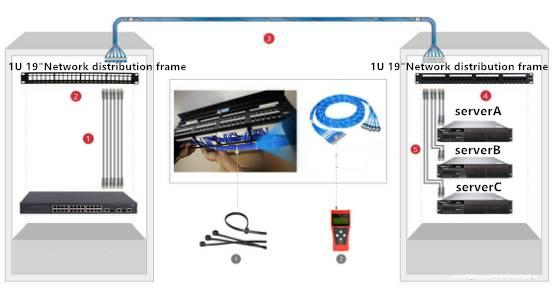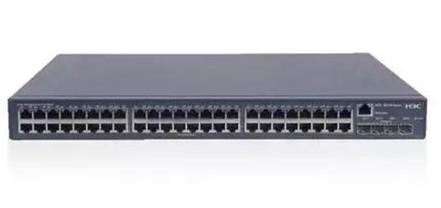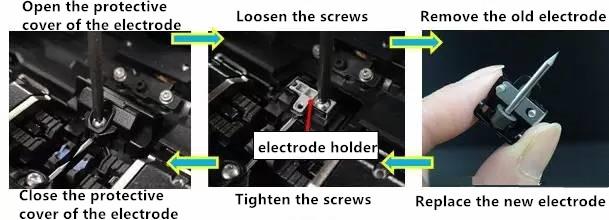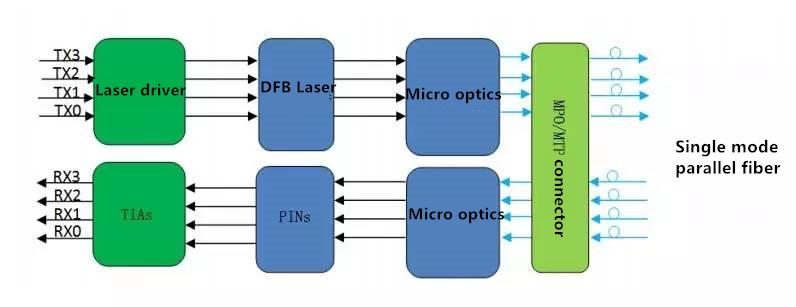- Related articles
- The difference between SDI and HD SDI
- All Cisco CWDM-GBIC-1610's information (Specs, Datasheet PDF, Compatibility matrix)
- Optical Transceivers for Cisco WS-C2960+24LC-S Switch
- Cost Effective Compatible Cisco Transceivers
- Cisco 10GbE Optics Modules & Optical Standards
- What is DWDM in Telecom?
- All Cisco ONS-SE-ZE-EL's information (List price, Specs, Datasheet PDF, Compatibility matr
- What is 10GBASE-T transceiver?
- Optical Transceivers for Cisco SLM2024T-EU Switch
- All Cisco X2-10GB-ER's information (List price, Specs, Datasheet PDF, Compatibility matrix
Recommend tag
Introduction and Application Scheme of 40G QSFP+LX4 Optical Module
2024-10-29
Introduction and Application Scheme of 40G QSFP+LX4 Optical Module
With the continuous increase of network bandwidth, many data centers have upgraded their 10G networks to 40G. There are many solutions for 40G optical modules, such as 40G SR4 and 40G LR4. Today, SEESUO Communication introduces an optical module suitable for upgrading 40G networks based on 10G network cabling. It is a 40G QSFP+LX4 optical module.
Unlike other 40G QSFP+optical modules, it can use either multimode fiber transmission or single-mode fiber transmission, and the interface type is duplex LC, which can be used for upgrading 40G network cabling systems from 10G to 40G.

The 40G QSFP+LX4 optical module adopts CWDM wavelength division multiplexing technology, with operating wavelengths of 1271nm, 1291nm, 1311nm, and 1331nm. It has four transmission and reception channels. If multi-mode OM4 fiber jumpers are used for transmission, it can reach a maximum distance of 150 meters; If single-mode fiber jumpers are used for transmission, the maximum distance can be up to 2 kilometers.
The biggest advantage of 40G QSFP+LX4 optical modules is that they save costs for upgrading to 40G in 10G networks. When laying out 40G links, there are options for short distance optical modules such as 40G QSFP+SR4 and 40G QSFP+eSR4. However, the interface type of these optical modules is MPO interface. Using these optical modules for 40G network upgrades will inevitably require rewiring, which will undoubtedly increase the cost of network upgrades. If a 40G QSFP+LX4 optical module is used, the existing wiring system of the 10G network can be continued. However, the 40G QSFP+LX4 optical module cannot split the 40G into 4 10G links, while the MPO interface's 40G SR4 can be split into 4 10G links, so the 40G SR4 can be connected to 10G SFP+optical modules for use.
Additionally, SEESUO Communication reminds everyone that the 40G QSFP+LX4 optical module cannot be used together with parallel optical modules such as 40G SR4, but it can be used together with 40G LR4 optical modules.
In the application of optical communication modules, there is a requirement for compatibility between multi-mode fiber and single-mode fiber transmission. For example, the 40G QSFP+LX4 optical transceiver module is different from other 40G QSFP+optical modules in that the 40G LX4 can use both multi-mode fiber transmission and single-mode fiber transmission, and the interface type is duplex LC, which can be used for upgrading from 10G to 40G network cabling systems.
The 40G QSFP+LX4 optical module adopts CWDM wavelength division multiplexing technology, with operating wavelengths of 1271nm, 1291nm, 1311nm, and 1331nm. It has four transmission and reception channels. If multi-mode OM4 fiber jumpers are used for transmission, it can reach a maximum distance of 150 meters; If single-mode fiber jumpers are used for transmission, the maximum distance can be up to 2 kilometers.
The advantage of 40G QSFP+LX4 optical module is to save costs for upgrading to 40G in 10G networks. When laying out 40G links, the options for short-range optical modules include 40G QSFP+SR4 and 40G QSFP+eSR4.
SEESUO has a top-notch design and development team in the industry, which can provide high-quality OEM customized products and solutions according to different customer needs. Customized services include optical design, structural design, PCB design, electrical design, software and firmware design, integrated assembly, specific labeling, etc. If you need customized services, please contact customer service or sales representative.
With the continuous increase of network bandwidth, many data centers have upgraded their 10G networks to 40G. There are many solutions for 40G optical modules, such as 40G SR4 and 40G LR4. Today, SEESUO Communication introduces an optical module suitable for upgrading 40G networks based on 10G network cabling. It is a 40G QSFP+LX4 optical module.
Unlike other 40G QSFP+optical modules, it can use either multimode fiber transmission or single-mode fiber transmission, and the interface type is duplex LC, which can be used for upgrading 40G network cabling systems from 10G to 40G.

The 40G QSFP+LX4 optical module adopts CWDM wavelength division multiplexing technology, with operating wavelengths of 1271nm, 1291nm, 1311nm, and 1331nm. It has four transmission and reception channels. If multi-mode OM4 fiber jumpers are used for transmission, it can reach a maximum distance of 150 meters; If single-mode fiber jumpers are used for transmission, the maximum distance can be up to 2 kilometers.
The biggest advantage of 40G QSFP+LX4 optical modules is that they save costs for upgrading to 40G in 10G networks. When laying out 40G links, there are options for short distance optical modules such as 40G QSFP+SR4 and 40G QSFP+eSR4. However, the interface type of these optical modules is MPO interface. Using these optical modules for 40G network upgrades will inevitably require rewiring, which will undoubtedly increase the cost of network upgrades. If a 40G QSFP+LX4 optical module is used, the existing wiring system of the 10G network can be continued. However, the 40G QSFP+LX4 optical module cannot split the 40G into 4 10G links, while the MPO interface's 40G SR4 can be split into 4 10G links, so the 40G SR4 can be connected to 10G SFP+optical modules for use.
Additionally, SEESUO Communication reminds everyone that the 40G QSFP+LX4 optical module cannot be used together with parallel optical modules such as 40G SR4, but it can be used together with 40G LR4 optical modules.
In the application of optical communication modules, there is a requirement for compatibility between multi-mode fiber and single-mode fiber transmission. For example, the 40G QSFP+LX4 optical transceiver module is different from other 40G QSFP+optical modules in that the 40G LX4 can use both multi-mode fiber transmission and single-mode fiber transmission, and the interface type is duplex LC, which can be used for upgrading from 10G to 40G network cabling systems.
The 40G QSFP+LX4 optical module adopts CWDM wavelength division multiplexing technology, with operating wavelengths of 1271nm, 1291nm, 1311nm, and 1331nm. It has four transmission and reception channels. If multi-mode OM4 fiber jumpers are used for transmission, it can reach a maximum distance of 150 meters; If single-mode fiber jumpers are used for transmission, the maximum distance can be up to 2 kilometers.
The advantage of 40G QSFP+LX4 optical module is to save costs for upgrading to 40G in 10G networks. When laying out 40G links, the options for short-range optical modules include 40G QSFP+SR4 and 40G QSFP+eSR4.
SEESUO has a top-notch design and development team in the industry, which can provide high-quality OEM customized products and solutions according to different customer needs. Customized services include optical design, structural design, PCB design, electrical design, software and firmware design, integrated assembly, specific labeling, etc. If you need customized services, please contact customer service or sales representative.

TECHNICAL SUPPORT
Get solutions or consultation from the technical team.




























































